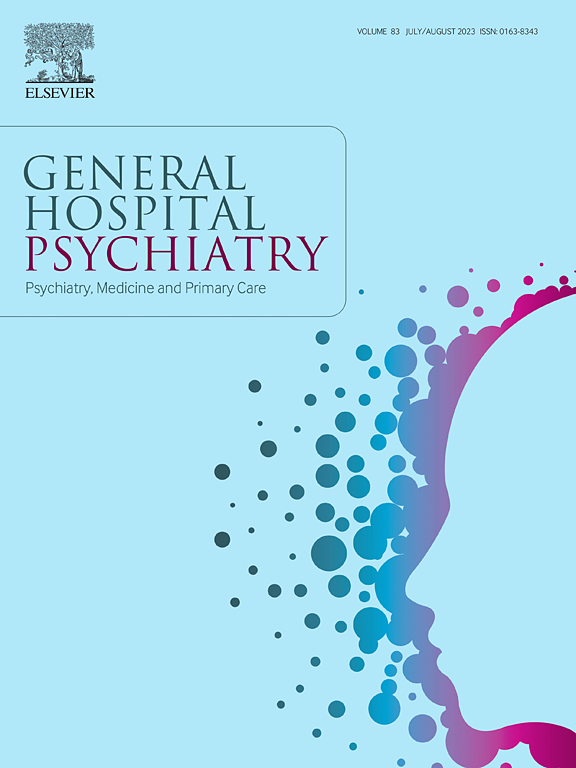基于项目反应理论和RiskSLIM算法的老年抑郁量表-30简表的编制。
IF 4.1
2区 医学
Q1 PSYCHIATRY
引用次数: 0
摘要
近年来,快速准确地筛查老年抑郁症的方法引起了人们的广泛关注。基于经典测试理论,人们开发了30项老年抑郁量表的简短形式,如GDS-4、GDS-5和GDS-15,但它们的诊断准确性较低。因此,在本研究中,我们基于项目反应理论和机器学习方法RiskSLIM开发了一种新的GDS-30简写形式,并基于灰质体积对其进行验证。我们发现基于IRT的短表(GDS-9)和基于RiskSLIM的短表(GDS-14)比其他短表具有更高的诊断准确性。此外,在基于兴趣区的大脑分析中,我们发现GDS-9与右侧海马、右侧海马旁回和右侧颞上回的灰质体积呈显著负相关,而其他短形式与任何区域的灰质体积均无显著相关。这表明GDS-9比其他短表具有更高的经验效度,并且与大脑结构相对应。因此,GDS-9可用于老年抑郁症的筛查,提高了筛查的效率和准确性。本文章由计算机程序翻译,如有差异,请以英文原文为准。
Development of a short form of the Geriatric Depression Scale-30 based on item response theory and the RiskSLIM algorithm
Recently, methods of quickly and accurately screening for geriatric depression have attracted substantial attention. Short forms of the 30-item Geriatric Depression Scale have been developed based on classical test theory, such as the GDS-4, GDS-5, and GDS-15, but they have shown low diagnostic accuracy. Therefore, in this study, we developed a new short form of the GDS-30 based on item response theory and the RiskSLIM, a machine learning method, and validated it based on gray matter volume. We found that the short form based on IRT (GDS-9) and the short form based on the RiskSLIM (GDS-14) had higher diagnostic accuracy than other short forms of the scale. In addition, in the Region of Interest based brain analysis, we found that the GDS-9 was significantly negatively correlated with the gray matter volumes of the right hippocampus, the right parahippocampal gyrus, and the right superior temporal gyrus, whereas the other short forms were not significantly associated with the gray matter volumes of any regions. This implies that the GDS-9 has higher empirical validity than other short forms and corresponds with brain structure. Therefore, the GDS-9 can be used to screen for geriatric depression and may improve the efficiency and accuracy of screening.
求助全文
通过发布文献求助,成功后即可免费获取论文全文。
去求助
来源期刊

General hospital psychiatry
医学-精神病学
CiteScore
9.60
自引率
2.90%
发文量
125
审稿时长
20 days
期刊介绍:
General Hospital Psychiatry explores the many linkages among psychiatry, medicine, and primary care. In emphasizing a biopsychosocial approach to illness and health, the journal provides a forum for professionals with clinical, academic, and research interests in psychiatry''s role in the mainstream of medicine.
 求助内容:
求助内容: 应助结果提醒方式:
应助结果提醒方式:


